Like shoes, socks are essential pieces of clothing for any hiker. Hiking socks serve various purposes, including protecting your feet from blisters and hotspots to keeping them warm on chilly days.
The right hiking sock will make all the difference between hiking comfortably and feeling like you're walking barefoot on glass!
But how do you know what features to look for?
We answer this in this article. This article will explore what you should look for when buying your next pair of hiking socks.
Here’s what you’ll learn.
Table of Contents
- Types of Hiking Socks
- Liner Socks
- Trainer Socks
- Crew Socks
- Double Layer Socks
- Features to Look Out For When Buying Hiking Socks
- #1. Fit
- #2. Padding
- #3. Wicking
- #4. Material Type
- #5. Length
- #6. Anti-Odor
- #7. Thickness
- #8. Cooling Technology
- #9. Water Proof Capabilities
- Our Recommendations on the Best Hiking Socks
- Any Further Questions
But first, let's understand the different types of hiking socks.
Types of Hiking Socks
Liner Socks
Liner socks are thin socks designed to be worn under thicker socks.
Their primary role is to help prevent blisters by wicking away sweat and moisture which result in friction. They're made of either synthetic materials, such as polypropylene or merino wool.
Trainer Socks
Trainer socks are what you'd wear for a walk around the park in your trail runners.
Trainer socks are often cut low and resemble ankle socks. They are however designed to withstand heavy activity and come with moisture-wicking capabilities.
Crew Socks
Crew socks are the most common type of hiking socks.
This mid-calf length socks are great for protecting your ankles against abrasion, especially when wearing mid-cut to high-cut boots.
And that's not all!
Crew socks are great for keeping you warm during your cold-weather hikes and camps. They're also designed with moisture-wicking technology and thermal insulation properties, making them ideal for winter hikes.
Double Layer Socks
Double-layer socks are great if you plan to hike in a frigid region.
Rather than wearing liner and crew socks, double-layer socks combine the two. The inner layer resembles liner socks, while the outer layer resembles crew socks.
Now that you know the different types of hiking socks, let's get into what features to look out for.
Features to Look Out For When Buying Hiking Socks
#1. Fit
Like shoes, you need to make sure your socks are a perfect fit.
If they're too big, they are likely to form wrinkles, which rub against your skin, causing blisters. If they are too small, the socks will create pressure on your fit and are more likely to slip down into your shoe.
To avoid any of these two scenarios, make sure you get socks that fit you well. They shouldn't be too tight and should allow your toes some room to wiggle.
And unlike in hiking shoes, where you're advised to buy a size larger than your everyday shoe, hiking socks should be the exact size of your feet.
To ensure you get the best fit, ensure the heel cap lines with your heel.
You can also use the Northbound socks fit chart to determine the best size for you.
#2. Padding
Padding serves two functions.
It helps keep your feet comfortable when walking and also helps to keep you warm during cold-weather hikes.
When shopping for socks, look for a pair with padding on the heel and ball of the foot.
However, different types of socks come with varying forms of padding.
Ultralight socks designed for warmer weather conditions come with no cushioning. Socks intended for long hikes in warm weather come with light padding designed to ensure comfort and moisture-wicking.
Socks designed for cold weather camping come with either medium cushioning or heavy padding.
#3. Wicking
It's no secret that sweat can be a significant problem when hiking, especially in warmer temperatures.
Moisture-wicking socks are designed to quickly draw sweat away from your feet and into the sock fabric where it can evaporate quickly, keeping you cool and dry.
When considering buying hiking socks for the first time, always pay attention to whether they are designed with moisture-wicking technology or not.
If your feet tend to sweat alot, go for socks made with synthetic materials, as these are better at wicking away sweat than natural fibers.
Speaking of material, what's the best material for hiking socks?
#4. Material Type
Ask any hiking enthusiast, and they'll tell you to avoid any hiking apparel made from cotton. Be it pants, t-shirts, jackets, or even socks.
You may be wondering, "without cotton, what other material is used for making hiking socks?"
There are four main types of fabric used to make hiking socks. These are:
Wool
Wool is the most popular material used in the production of hiking socks. As a natural fiber, wool helps to easily regulate your feet' temperature while helping to wick sweat away. Wool also comes with anti-microbial properties, which help prevent odor.
If you're considering wool as an option, go for Merino wool as it's less likely to cause itching.
Polyester
Polyester is another popular material used in the construction of hiking socks.
These synthetic fibers are combined with natural wool for added comfort and insulation properties.
As an artificial fiber, polyester does not need any break-in period, unlike other materials that can be bothersome when hiking.
Nylon
In most instances, nylon isn't used on its own. It's usually combined with polyester to make it more durable.
Thanks to their incredible drying abilities, nylon socks are great if you plan to hike in a place that's likely to flood or during the rainy period.
As a synthetic fiber, nylon is super-light and will not add any weight to your hiking pack even if you buy extra pairs for emergencies or backup.
Spandex
Spandex is the elastic material that helps socks maintain their shapes.
Most socks will contain a small percentage of spandex to help maintain elasticity.
#5. Length
In most instances, the length of the socks will be determined by the type of socks you choose.
However, try as much as possible to avoid socks that fall below the ankle. This is because such socks offer no protection from bugs, dirt, and abrasion.
In most instances, get socks that are a mid-calf length or a bit higher than your ankle bone. If you plan to hike in the summer, you can get socks a few inches above your ankle bone. However, if you plan to hike in the winter, get longer socks to help keep you warm.
#6. Anti-Odor
After my first hike, I couldn't wait to get home and take off my shoes.
However, there was a problem. Removing the shoes released a pungent odor that almost knocked me out
The problem?
I had gone for the hike with socks that didn't have any anti-odor properties.
Don't make the same mistake as I did.
When shopping for hiking socks, be sure to ask about their anti-odor properties.
Socks made from wool are naturally anti-microbial, which helps prevents odor.
For socks made with synthetic material, make sure to confirm that the pair has anti-odor capabilities.
#7. Thickness
The thickness of your socks will depend on the weather and the type of hike you intend to go.
Thin socks are great for warm days and moderate hiking activities. Medium-thick socks are great for warmer days but harsher terrains, while thick socks are great for cold weather camping in challenging terrain.
#8. Cooling Technology
This is something to consider if you plan to hike in the summer.
Cooling technology is designed to help regulate your foot temperature by drawing heat away and dispersing it.
You can buy hiking socks with this feature either in the form of a mesh liner or through an airy design that provides more breathability for the feet.
In my personal experience, I've found that hiking boots without any type of air circulation are the most uncomfortable and can lead to severe foot problems. This is why when buying hiking socks; I always buy a pair that has cooling technology built-in - either with mesh liners or breathable fabrics.
#9. Water Proof Capabilities
Nobody wants to hike in wet socks. They are uncomfortable, cold, and are likely to result in blisters.
This is why, when choosing hiking socks, you're advised to look for one made from water-resistant fabrics.
With water-resistant socks, you don't have to worry about the rain or your feet getting wet as you cross a river or stream.
Our Recommendations on the Best Hiking Socks
While they may seem like trivial pieces of gear, your choice of hiking socks could either make or break your hiking trip.
When choosing a pair of hiking socks, make sure they have the properties described above.
The Northbound Gear 100% Waterproof Breathable Socks come with all the properties described.
These socks are built with an anti-bacterial yarn that's useful in odor protection are breathable and come with a reinforced heel and toe, which ensures durability.
And that's not all!
The Northbound Gear 100% waterproof socks are also water-resistant. With these socks, you can dip your feet in a river or lake without the fear of getting wet.
So whether you're looking to gift a friend or looking for a new pair of hiking socks, Northbound Gear is the place to go.
Any Further Questions
There you go!
A definitive guide on how to choose hiking socks.
Do you have any advice on other factors to consider when choosing hiking socks? Please tell us in the comment section below.
Do you have any questions on how to choose hiking socks? Ask them in the comments section below.
And if you're looking for high-quality hiking apparel, check out our online store here.
Upwards and onwards with Northbound Gear.Read more
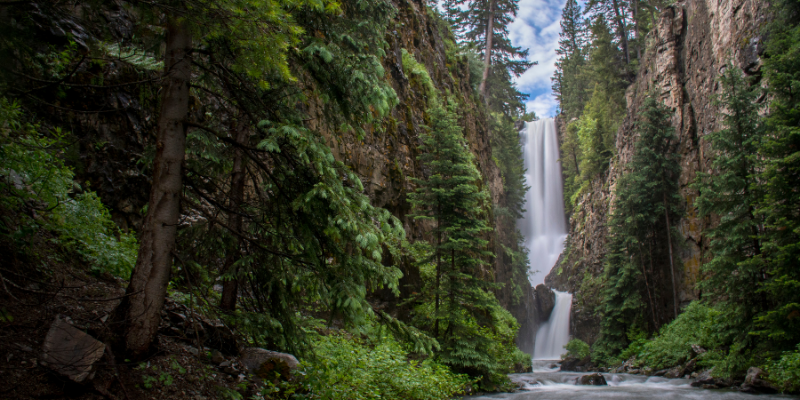
Despite being landlocked, Colorado is home to some of the most beautiful waterfalls in North America. From thundering cascades to fairytale trickles, every waterfall in Colorado has its own persona...
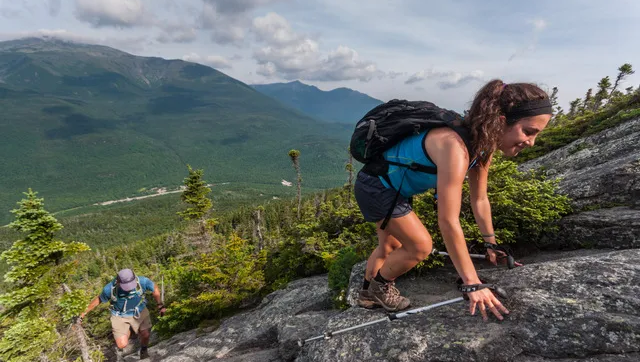
Quebec, with its vast and varied landscapes ranging from rugged mountains to serene forests and breathtaking coastlines, offers some of the most picturesque and diverse hiking opportunities in Cana...
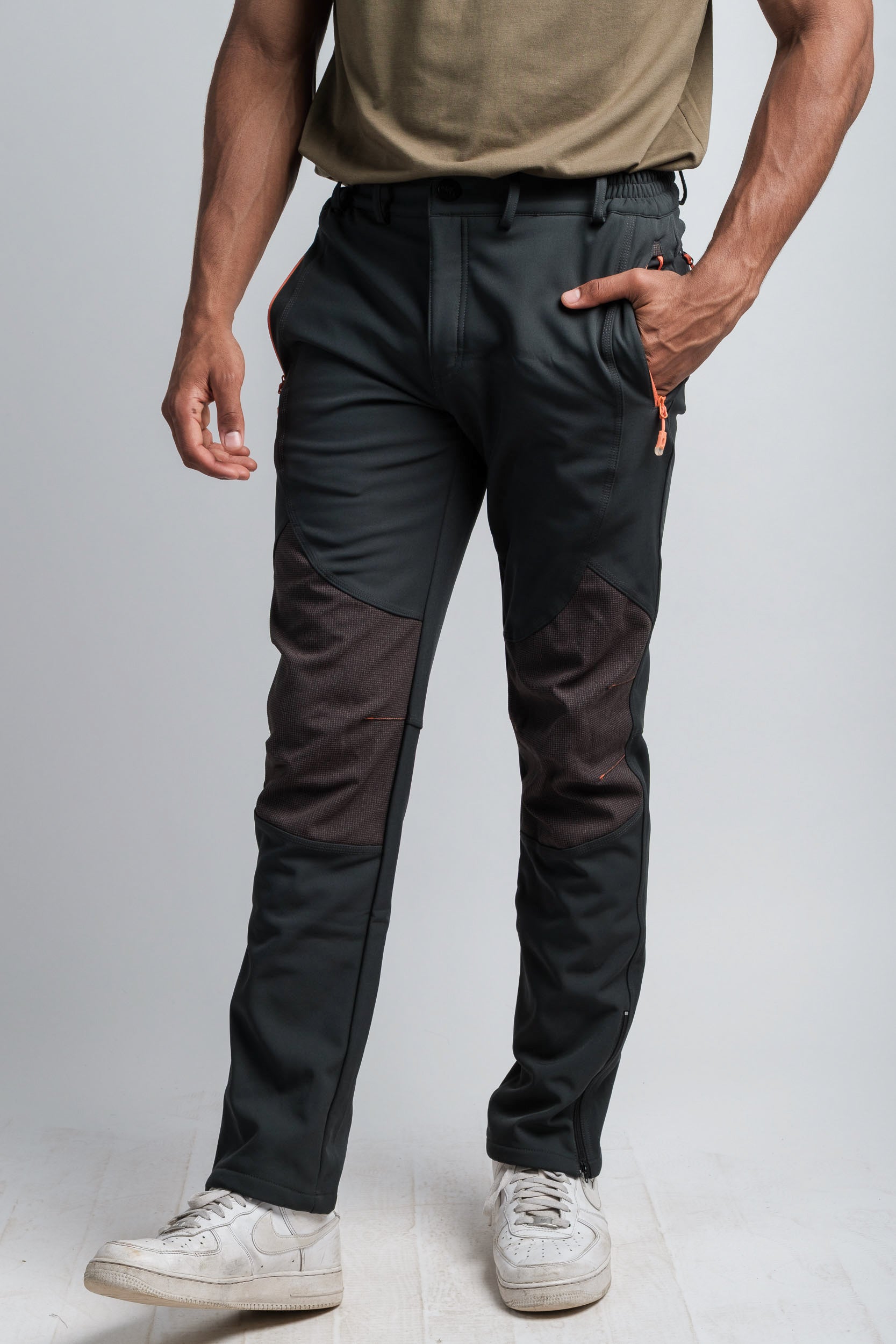
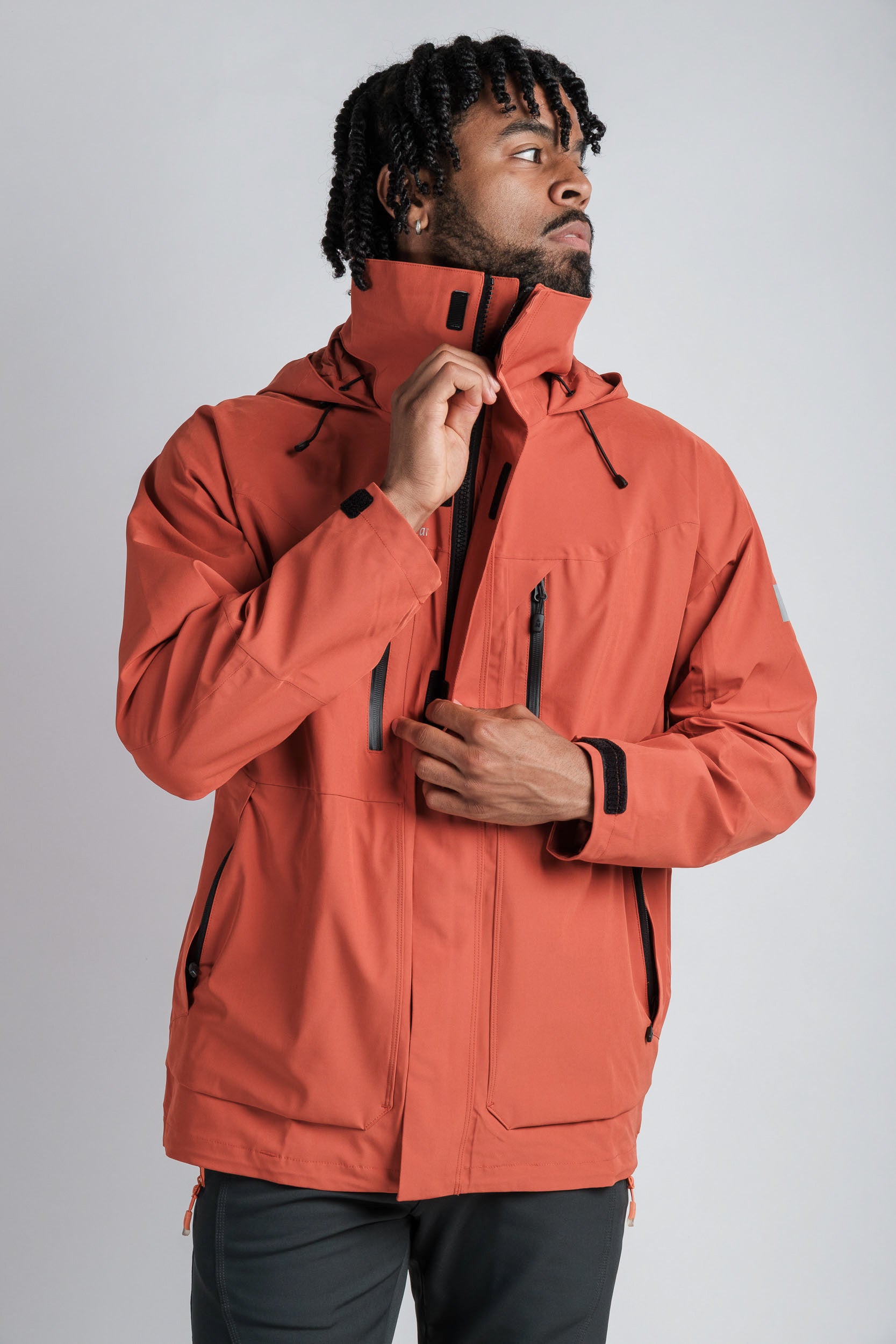
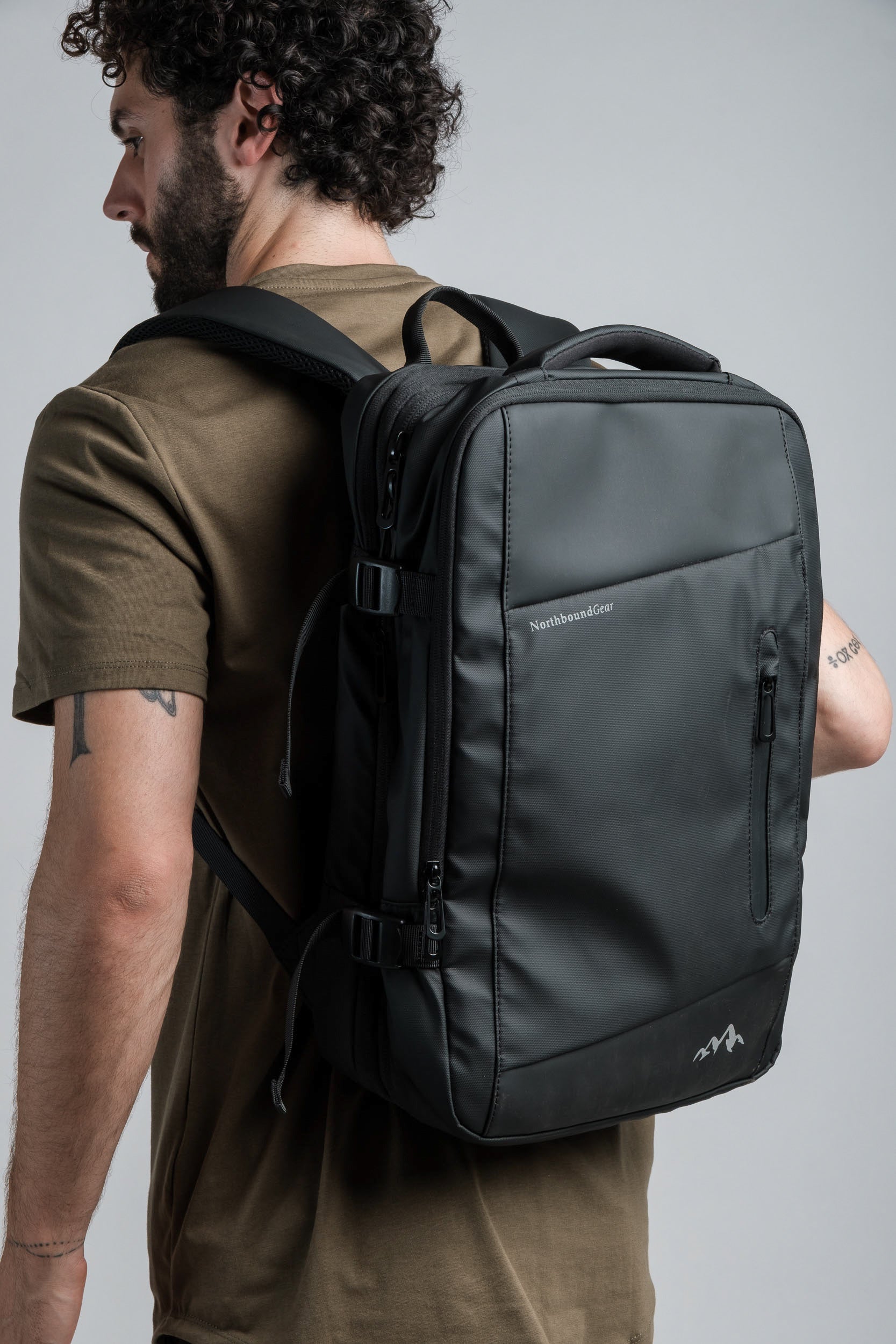
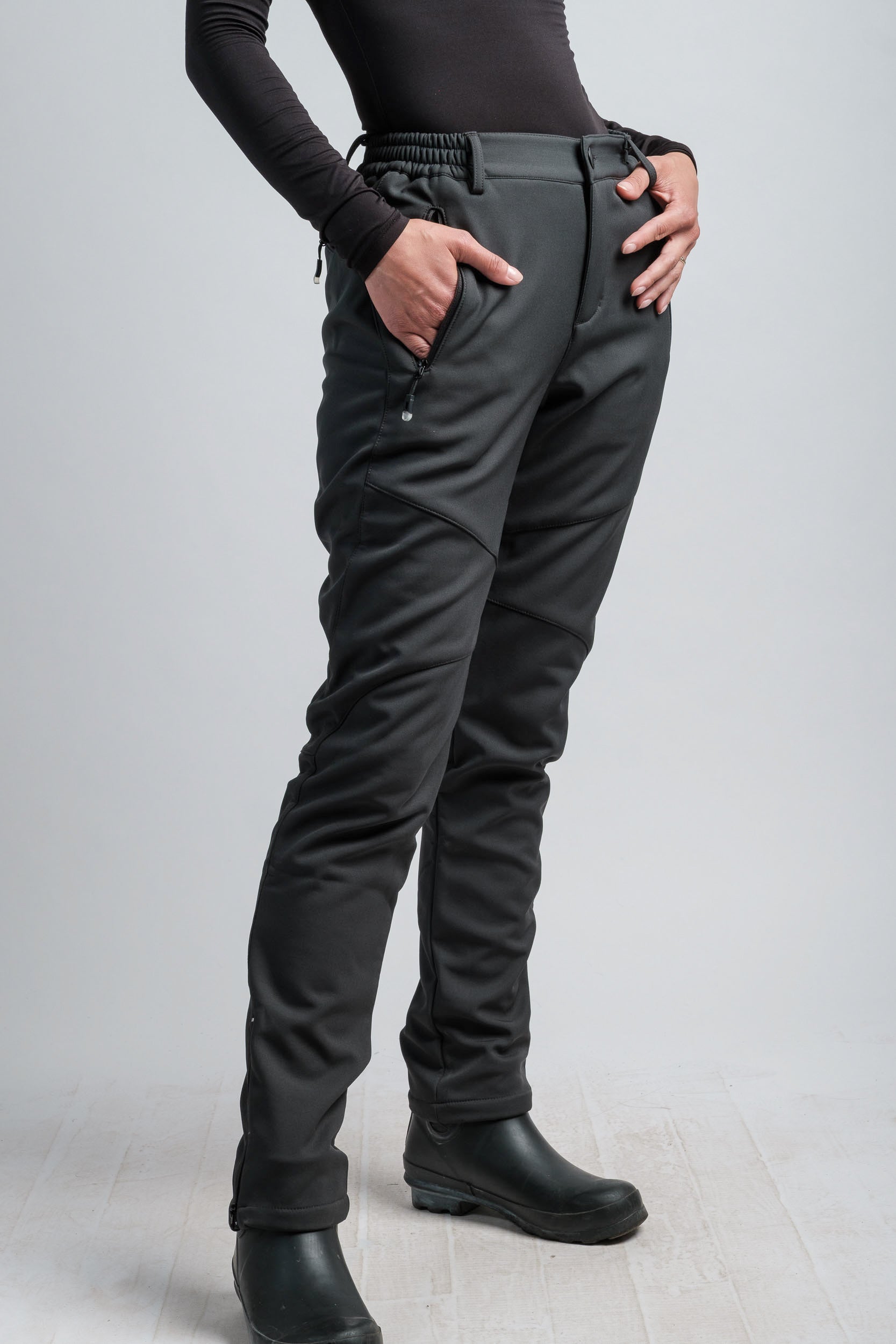
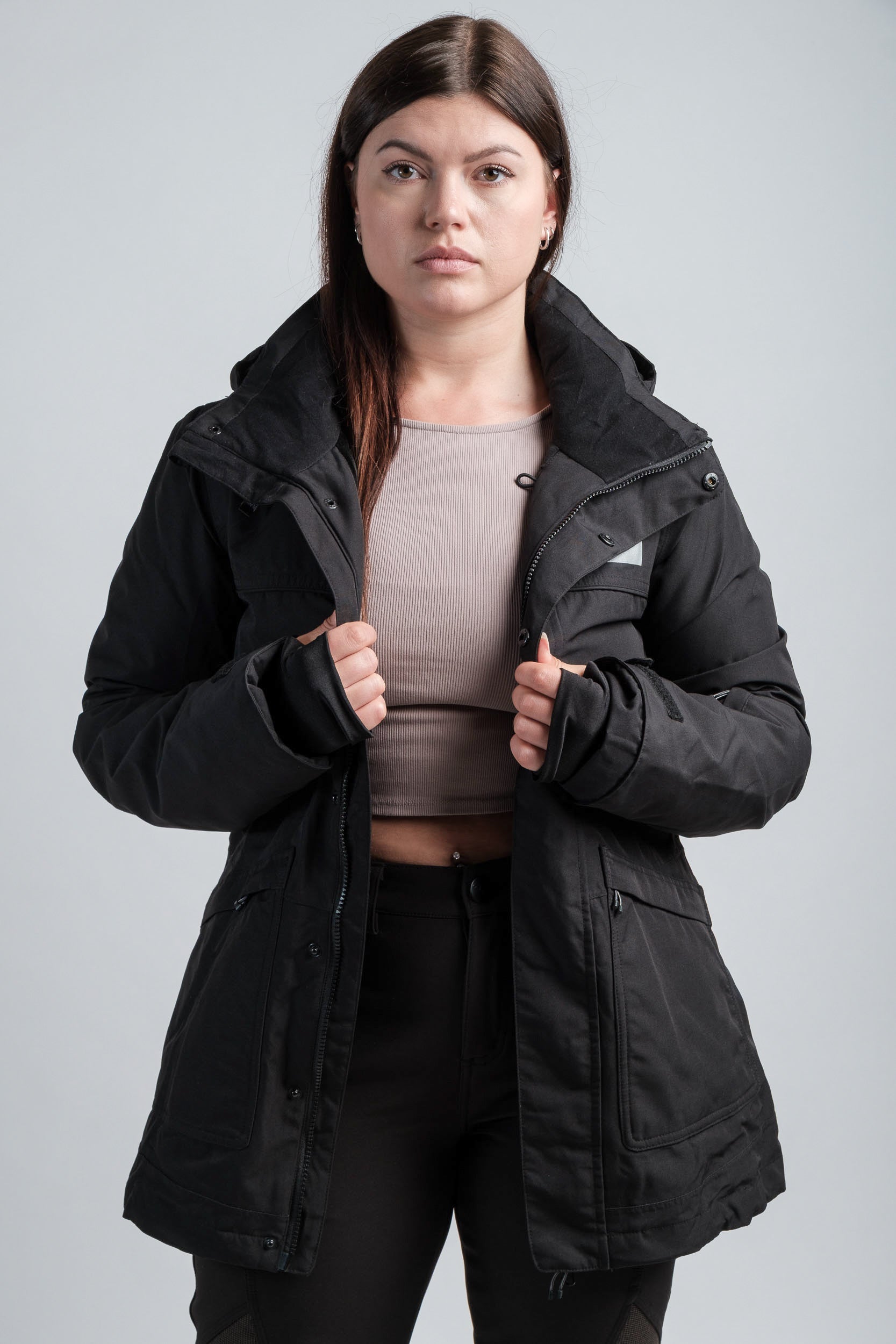
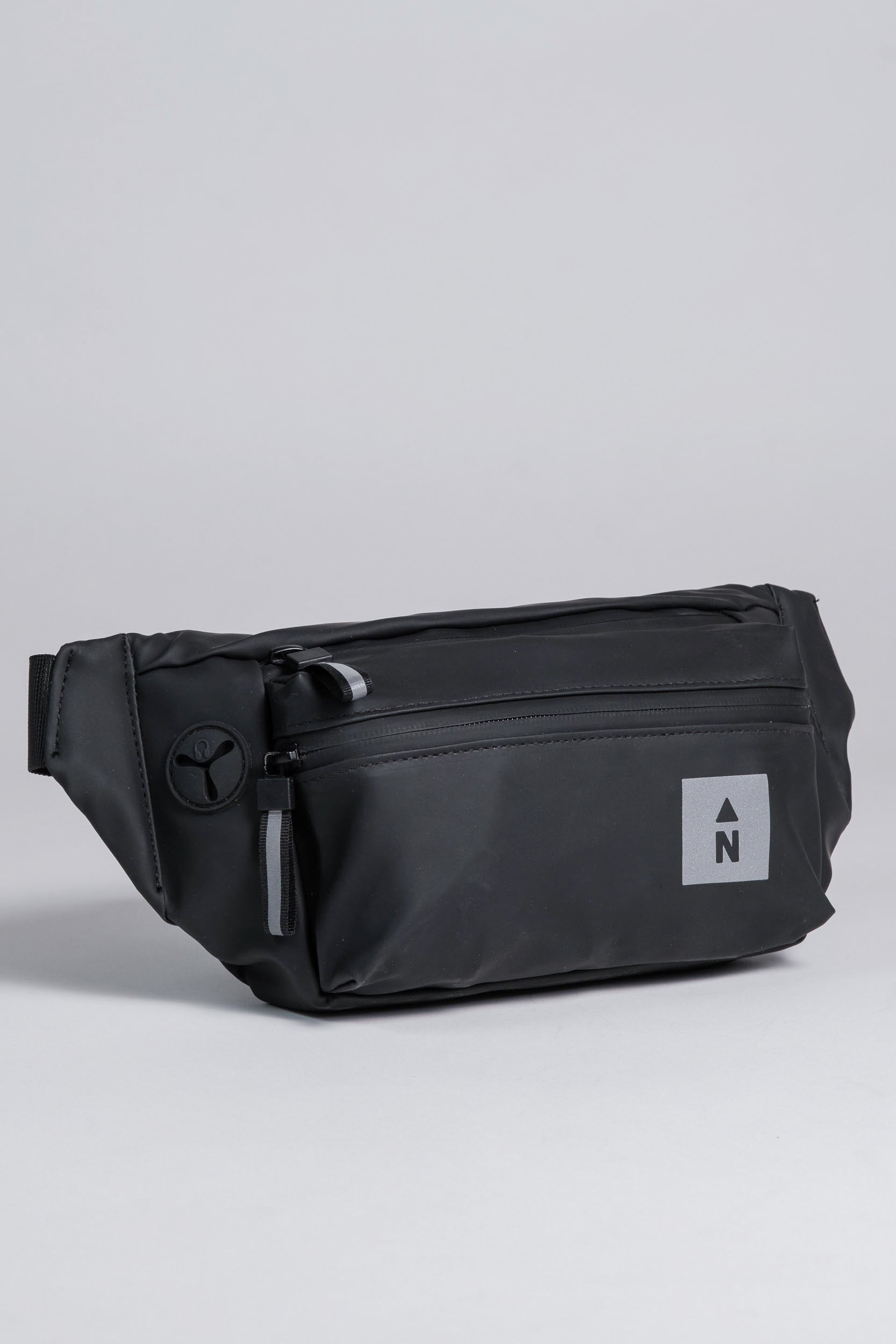
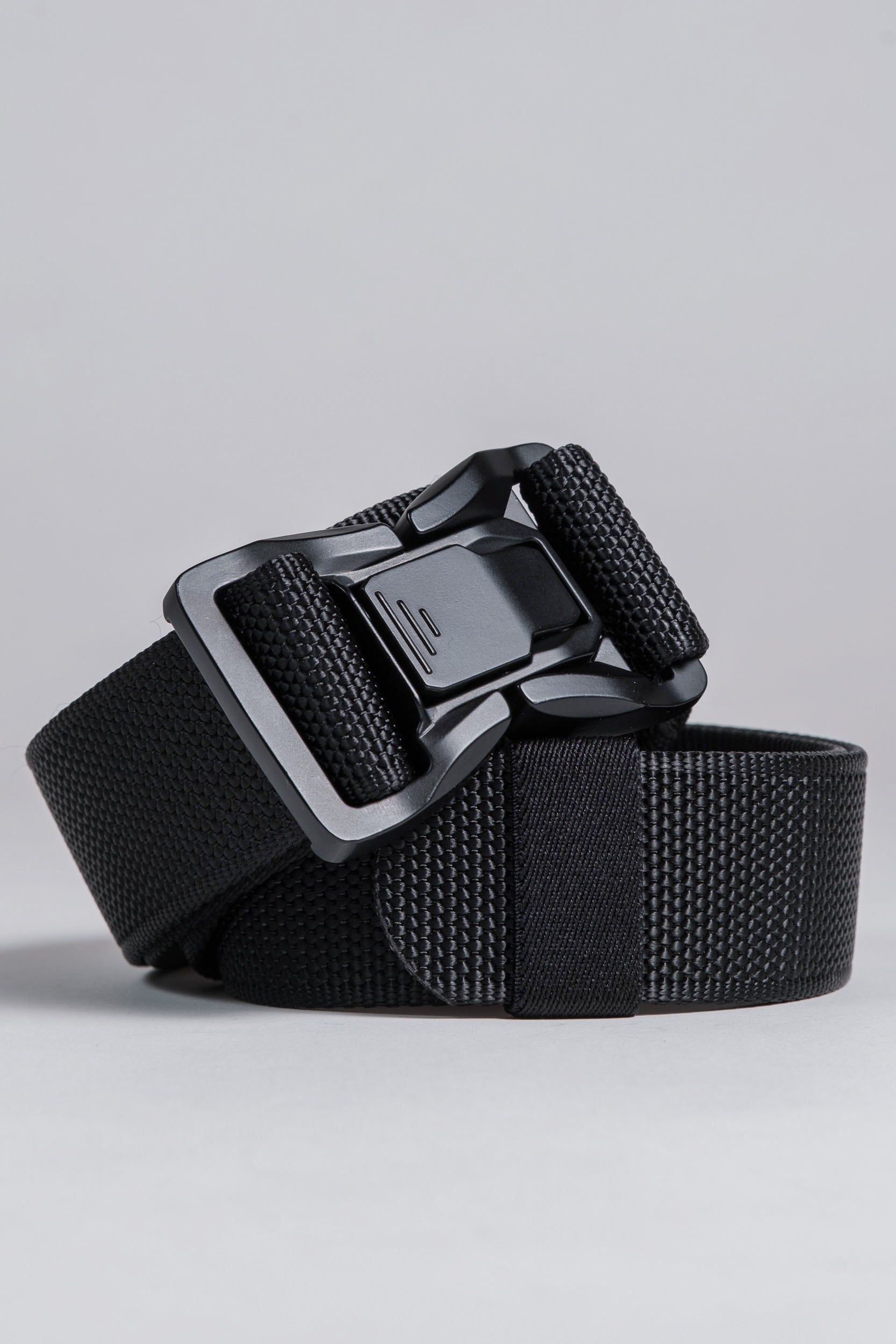
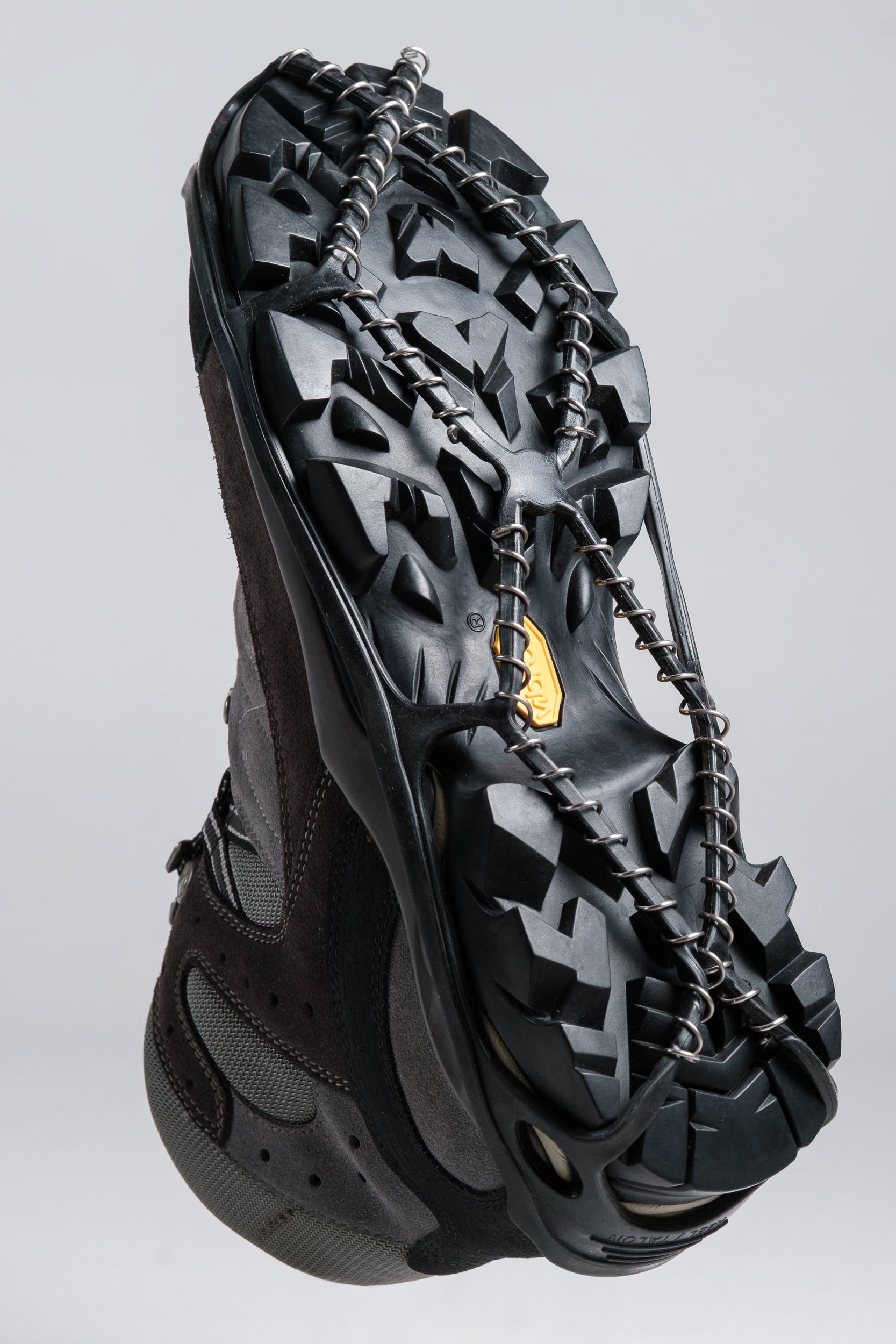
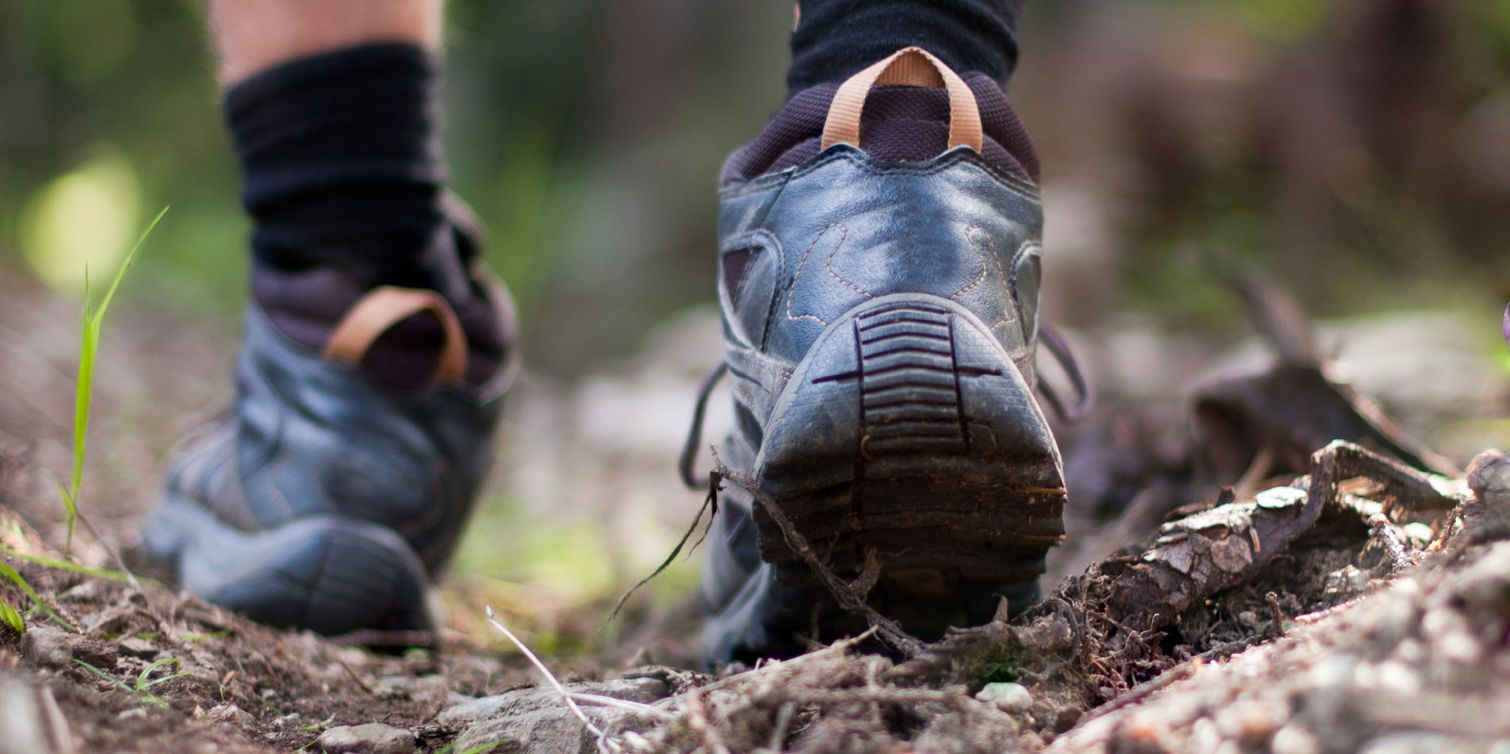
1 comment
An overlooked aspect of fit is the size of the cuff. People with heavy calves often find socks too tight around the top. People with skinny calves often can’t keep them up. Can you indicate the fit of the cuff?
Fred
Leave a comment
All comments are moderated before being published.
This site is protected by hCaptcha and the hCaptcha Privacy Policy and Terms of Service apply.